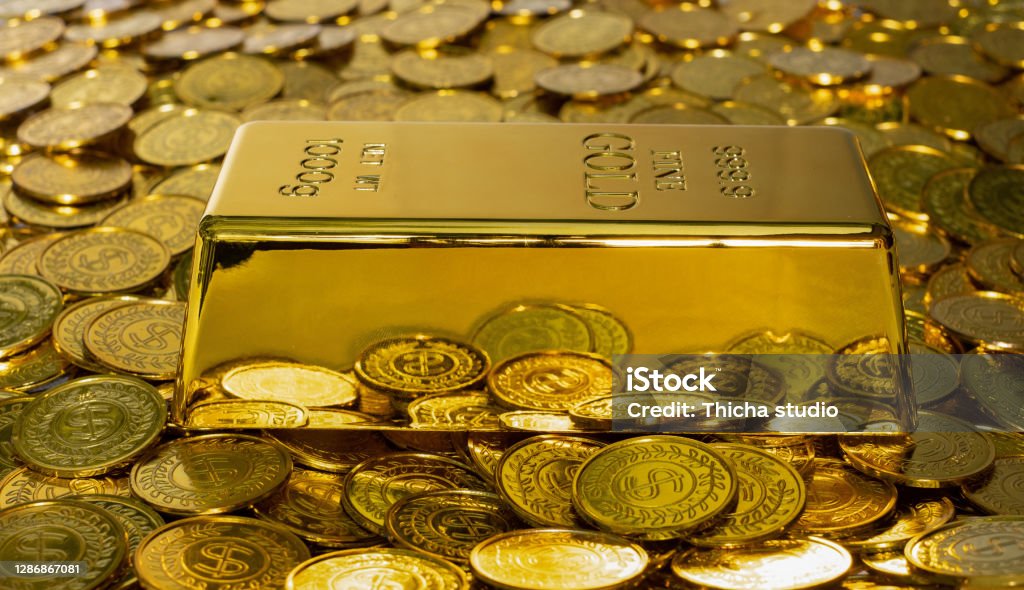
Introduction
Do you have old gold jewelry sitting in a drawer? That necklace, bracelet, or ring could be worth more than you think! Gold prices have been high in recent years, making it a great time to sell. However, to get the best price, you need to know how to sell smartly.
This guide will help you understand gold purity, check current prices, explore selling options, negotiate effectively, and avoid scams. Follow these steps to maximize your profit when selling gold jewelry.
1. Know What You Have Before You Sell
Before selling, you must identify the quality and weight of your gold. Buyers will determine the price based on these factors.
Identifying Gold Purity (Karat)
Gold purity is measured in karats (K). Higher karat means more pure gold:
-
24K – 100% pure gold
-
18K – 75% gold, 25% other metals
-
14K – 58.3% gold, 41.7% other metals
-
10K – 41.7% gold, 58.3% other metals
You can find the karat marking on the jewelry piece, usually stamped as “10K,” “14K,” etc. If the marking is unclear, jewelers or testing kits (such as acid tests and electronic testers) can verify the gold purity.
Weighing Your Gold
Gold is priced per gram or per troy ounce (1 troy ounce = 31.1 grams). To get an accurate weight:
-
Use a digital gram scale.
-
Convert the weight into troy ounces.
-
Note that gemstones and other materials do not count towards the gold weight.
Identifying Gemstones and Their Value
If your jewelry has gemstones, they may increase the total value. Some valuable gemstones include:
-
Diamonds
-
Sapphires
-
Rubies
-
Emeralds
A certified gemologist can appraise your gemstones separately. For example, a ring with a 0.5-carat diamond can be worth much more than just the gold weight.
2. Research Current Gold Prices
Gold prices change daily, so checking the current market rate is essential before selling.
Checking Live Gold Prices
The gold price is known as the spot price and can be checked on websites like:
Gold prices fluctuate based on supply, demand, and global economic conditions. Since prices can change hourly, monitor the market and sell when the price is high.
Understanding the Gold Market
Several factors influence gold prices:
-
Inflation – Higher inflation increases gold value.
-
Interest Rates – Low interest rates often lead to higher gold prices.
-
Global Events – Economic uncertainty, war, and stock market declines increase gold demand.
Keeping up with financial news can help you choose the best time to sell.
3. Explore Your Selling Options
Where you sell your gold affects how much money you receive. Consider the following options:
Selling to Local Jewelers
-
Pros: Quick and convenient, cash payment.
-
Cons: Lower offers compared to other buyers.
-
Tip: Visit multiple jewelers to compare quotes and negotiate.
Selling to Online Gold Buyers
-
Pros: Potentially higher payouts, wider reach.
-
Cons: Risk of scams, shipping valuables.
-
Tip: Research the buyer’s reputation and check for insurance on shipments.
Selling at Pawn Shops
-
Pros: Instant cash, no shipping required.
-
Cons: Low payouts and high fees.
-
Warning: Expect to receive less than the actual value of your gold.
Selling Through Auctions
-
Pros: Can get high prices for rare or antique jewelry.
-
Cons: Auction fees, longer waiting period, no guaranteed sale.
-
Example: Antique gold brooches or designer pieces often sell for more at auctions.
4. Negotiate Like a Pro
Negotiation is key to getting the best price for your gold.
Knowing Your Gold’s Value
Before selling, calculate the melt value of your gold:
-
Multiply the gold weight (in grams) by the purity percentage.
-
Multiply by the current gold price per gram.
-
Add any gemstone or design value.
Quote: “Knowledge is power in negotiation.” – Financial Expert
Preparing for Negotiation
-
Gather all details: purity, weight, and market price.
-
Set a minimum acceptable price.
-
Be prepared to walk away if the offer is too low.
Negotiation Tactics
-
Start high: Ask for a price slightly above your target.
-
Highlight unique features: Mention designer brands, historical significance, or gemstones.
-
Show competing offers: If another buyer offers more, mention it to increase leverage.
5. Avoid Common Scams and Pitfalls
To protect yourself, watch out for these red flags.
Identifying Scam Buyers
Avoid buyers who:
-
Are unlicensed or lack credentials.
-
Offer vague pricing without explaining their calculation.
-
Use high-pressure tactics to rush the sale.
-
Refuse to disclose their gold testing process.
Protecting Your Jewelry During Shipping
If selling online, take precautions:
-
Insure your package for its full value.
-
Use secure packaging with tracking and signature confirmation.
-
Take photos before shipping as proof of condition.
Understanding Hidden Fees and Charges
Read all terms before selling. Ask about:
-
Assay fees (testing fees).
-
Refining fees (processing gold into pure form).
-
Commission rates (percent of sale taken by the buyer).
Conclusion
Selling gold jewelry can be highly profitable if done correctly. Follow these key steps:
-
Know your gold – Check purity, weight, and gemstone value.
-
Monitor market prices – Sell when gold prices are high.
-
Choose the best buyer – Compare offers from jewelers, online buyers, and auctions.
-
Negotiate smartly – Be informed and assertive in price discussions.
-
Avoid scams – Work only with reputable buyers and secure transactions.
By taking the right approach, you can turn your old jewelry into cash while maximizing your profits. Happy selling!